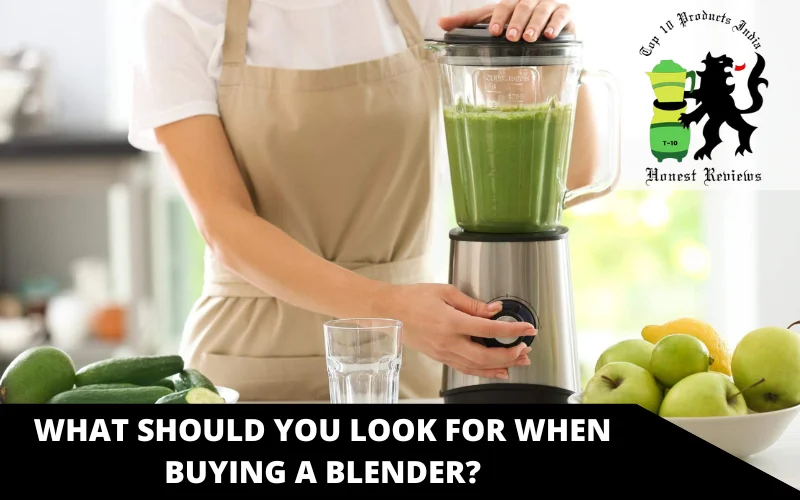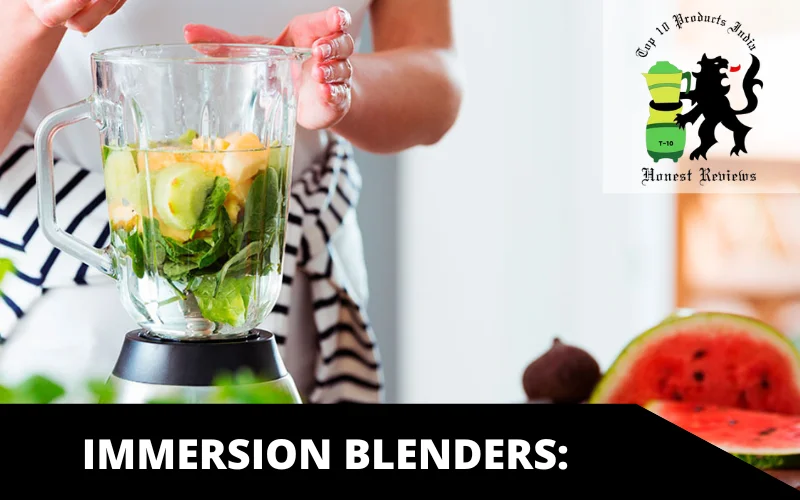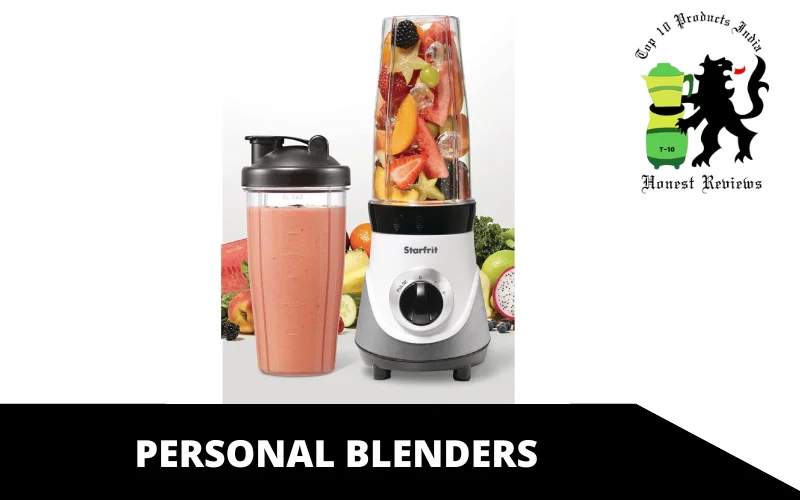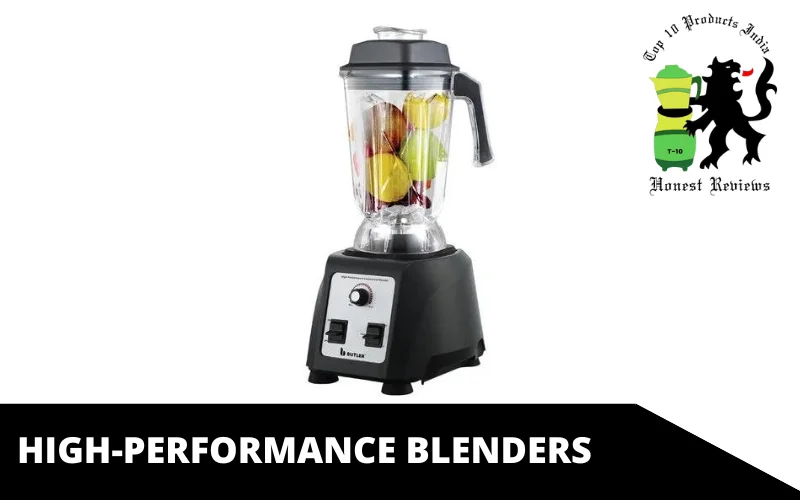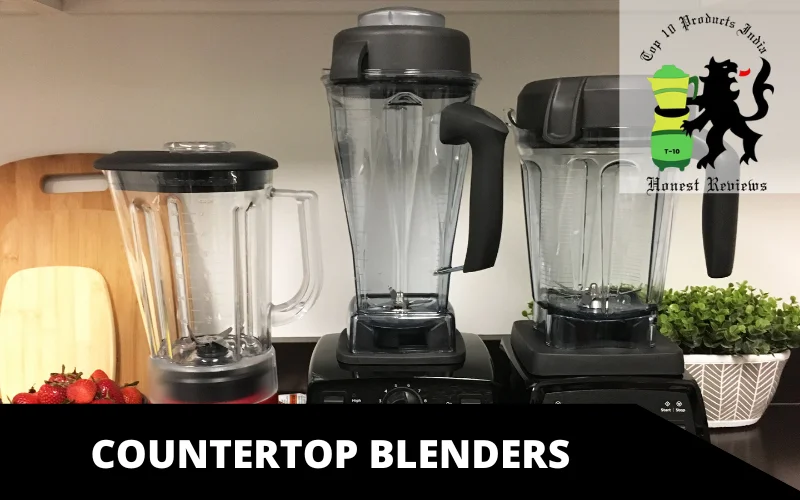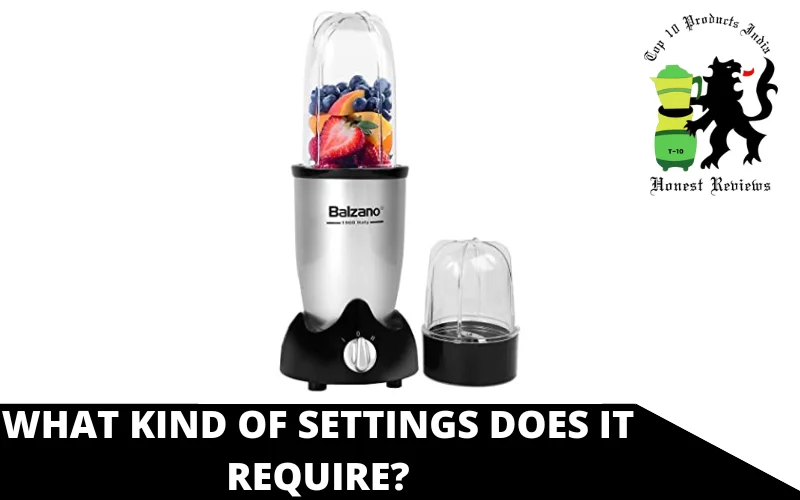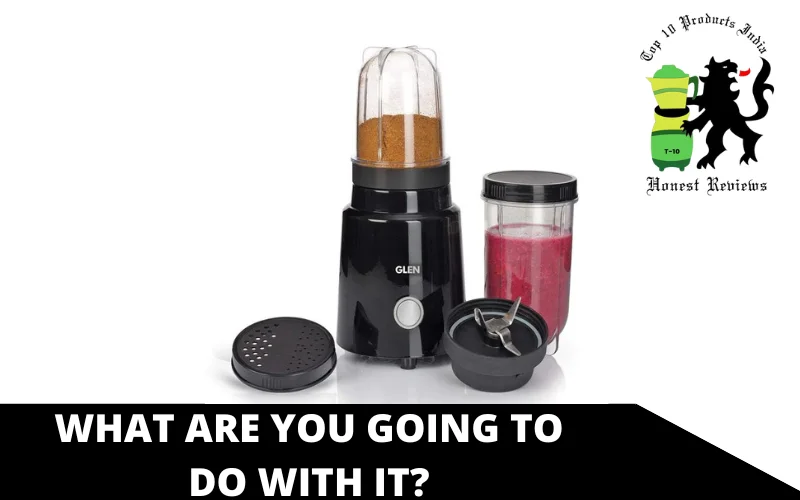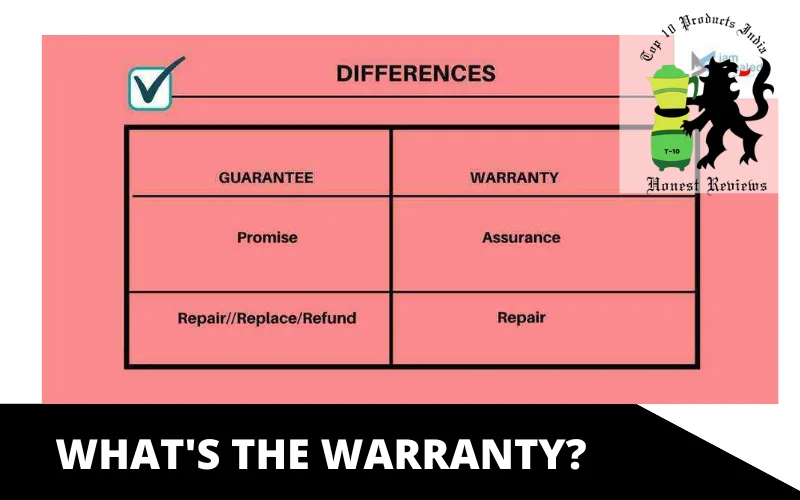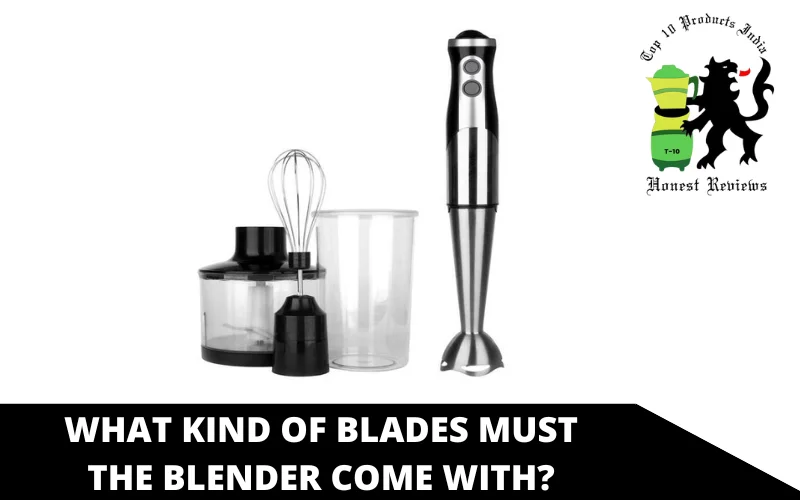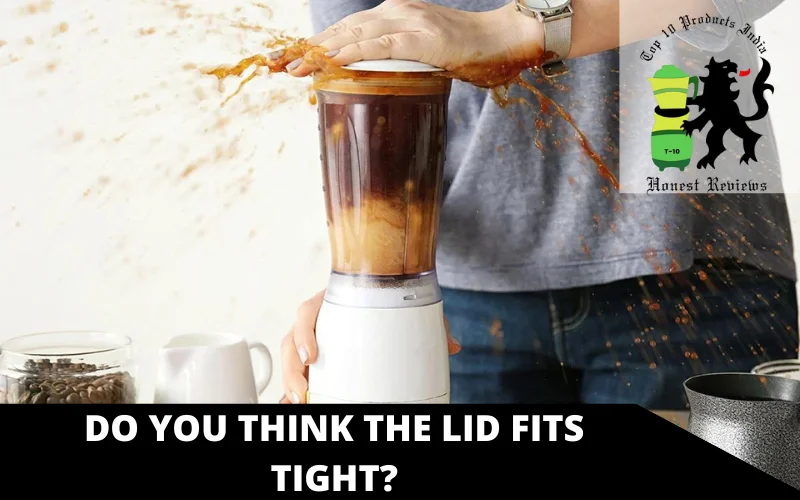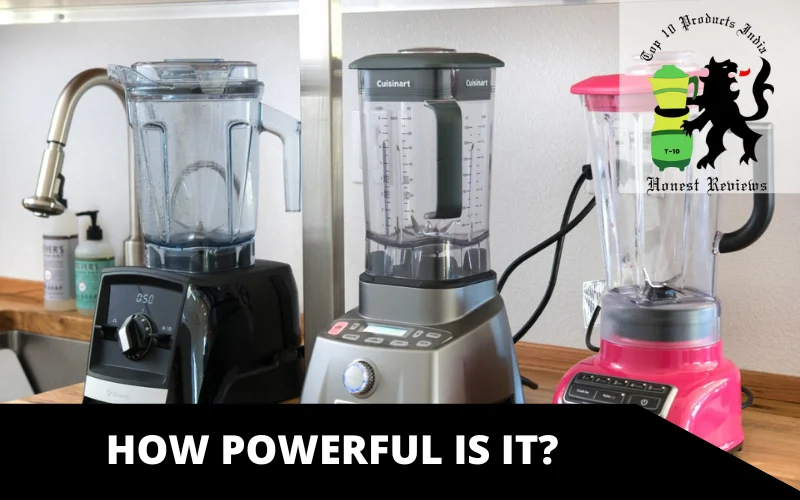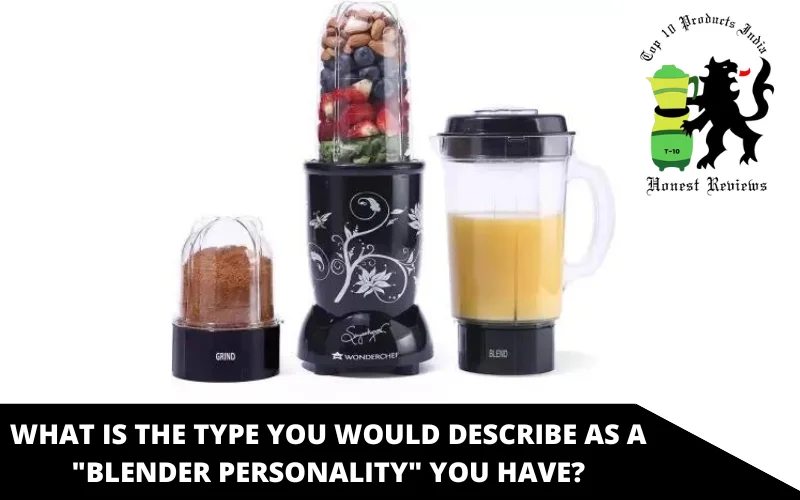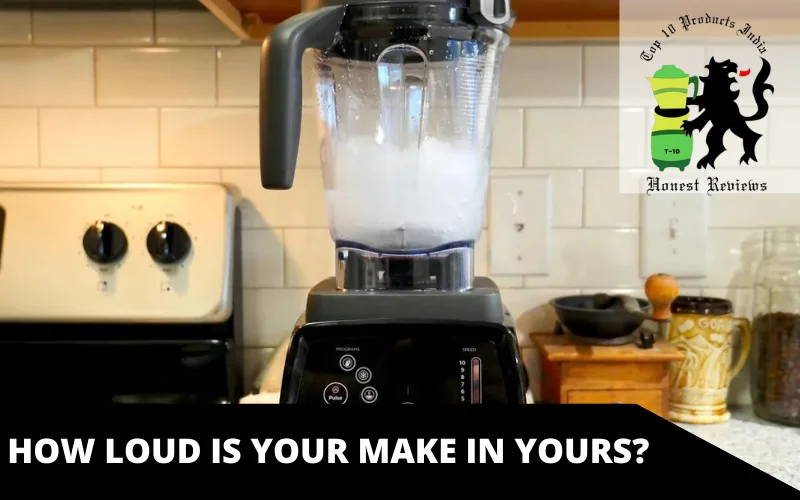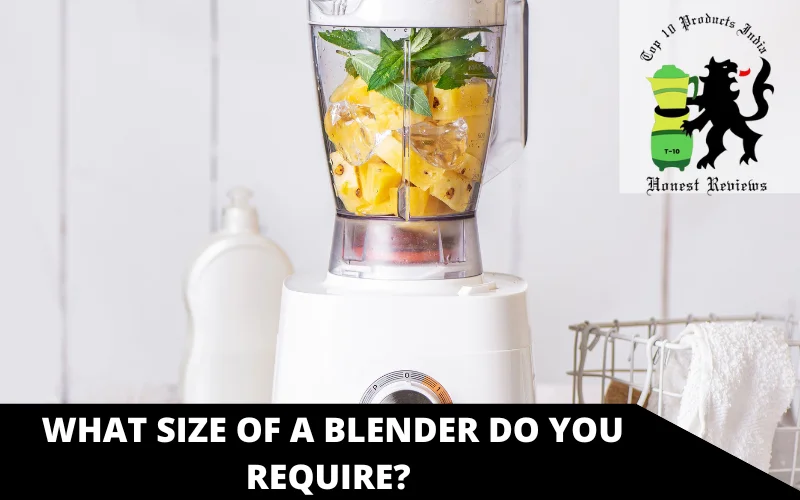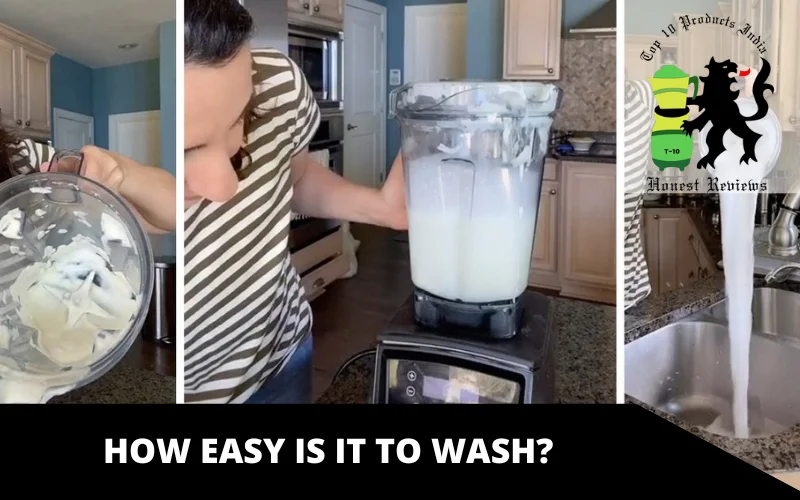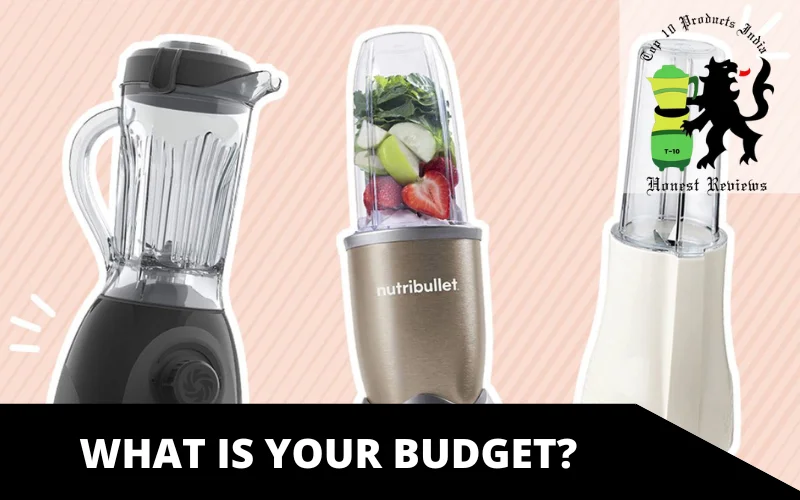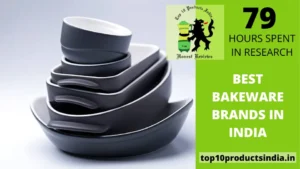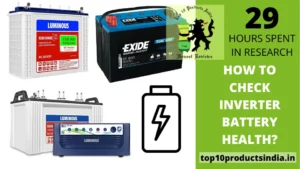Although some might argue that a blender in the kitchen is not essential, others depend heavily on their blender and could be deficient without one. A blender in the kitchen can help make food preparation easier, which means you can save precious time and energy in the kitchen.
When you begin using blenders, you’ll find yourself frequenting them to use them for a variety of purposes. Purchasing a blender for your kitchen may seem like a straightforward task; however, with various models and functions to choose from, you need to take some time to ensure that the blender is a good fit for your needs.
What Should You Look for When Buying a Blender?
There are many options before you when you’re looking for blenders. The choices can be overwhelming.
The power of knowledge is in mind. It is easier to make the right decision when you’ve got all the facts before you. That’s why we’ve created this guide. This is what you need to know about choosing the right blender.
1. What kind of blender will you truly require?
There are many kinds of blenders. Perhaps you are familiar with the classic countertop blender. It’s the one that your grandmother used to use. This is the most well-known and popular model.
-
Immersion blenders
These are hand-held immersion blenders. They’re now cheap, and many people purchase one along with an appliance blender.
The immersion blender is then integrated into the food you wish to blend.
It is possible to use hand blenders in pans or pots and also in bowls. It is ideal for creating smoothies or making pureed soups. Their motors aren’t as powerful as a countertop model.
Some immersion blenders are cordless and rechargeable, so they can be stored in the drawer in the kitchen.
-
Personal blenders
The name of the blender says it all. These blenders are made to serve one serving. They’re perfect for making smoothies or power shakes in the morning.
Many come with cups or containers designed to be used for mixing and drinking. Many have caps that allow you to mix ice cream and take it on the go.
The small blenders typically contain only one or two speeds. They’re not expensive compared to countertop blenders. They’re not the best alternative to a countertop blender if you’re doing lots of cooking.
-
High-performance blenders
The top-rated blenders provide the same features as the countertop blender. However, they are on steroids. Contrary to other blenders that process both soft and hard ingredients. It can also grind wheat to make flour.
High-performance blenders feature powerful motors as well as a high cost. The base of their machines is usually larger than the standard countertop blender.
-
Countertop blenders
It’s a durable kitchen appliance. Many offer different speeds and easy operation. They’re generally cheaper than high-performance blenders since they’re less efficient.
Many people store their blenders on their countertops in the kitchen, so the space available is an issue. The base houses the motor.
Countertop blenders come with numerous speeds. Professionals are also known to prefer slow, medium, and super-fast speeds. It is possible that you only require three to five speeds.
2. What kind of settings does it require?
We all like to hit the button. Others prefer exact control. This is why you can find cars that have manual and automatic transmissions.
Blenders work the same way.
Certain manufacturers offer us the option of leaving power and speed at the discretion of the blender. Other manufacturers let us make those choices by ourselves. Which would you rather do?
The purchase of a blender with several buttons for speed will give you convenience. Some brands do the exact process using a rotating dial. The settings don’t choose the speed. They choose the kind of blending you’d like or the type of food that you’re making.
The top blenders feature sophisticated controls. They let you select certain food types. Are you making pasta sauce?
Simply press it in. Certain blenders with high-end features transform this into an automated procedure. Do you want a smoothie? Choose the “recipe.” The blender will make it at the best speed.
The most important decision you’ll need to decide is whether you’d like the highest level of precision or manual control.
Blenders can be found with different types of controls. Certain have switches and buttons. Others feature dials or touchpads. Some blenders have digital displays. These are the ways you’ll use your blender.
Many find that speeds of 3 to 5 are sufficient. If you’re looking for additional options, you’ll be able to have the most amazing control over speed.
3. What are you going to do with it?
An immersion blender anyplace since it can be used wherever you require it. Personal blenders tend to be compact enough to be stored in cupboards.
The standard countertop blender, as well as its higher-end models, could cause a problem. They aren’t able to be used on kitchen countertops that are equipped with upper cabinets.
The typical distance from the counter to the upper cabinet is about 18 inches. A lot of countertop blenders will barely fit into the space.
Be sure to have enough space for the blender you plan to purchase.
4. What’s the warranty?
It’s heard often. Indeed, you get exactly what you get for your money. The guarantee for your blender will give you confidence and security.
The warranty represents a guarantee from the manufacturer to guarantee the purchase. They’ll either replace it or give you a refund.
Blenders that cost a lot are constructed with less-quality materials and lower-power motors. They usually have short warranties. A blender of high quality can have a warranty that covers ten years or more. It’s a good sign the maker is confident about their product.
Take note of your warranty. Certain items, such as the motor, could provide the greatest protection. Other items may have less protection because they are likely to wear out and eventually be replaced.
5. What kind of blades must the blender come with?
This is the component of your blender that processes food. You might not have a lot of choice in the form or design. Manufacturers typically decide for you.
Some brands come with just two flat blades, which incline upwards from the edges. Other brands may have four blades that are almost spiral-like. Sharp blades, some are sharp, while others are sharp.
Each design provides the appliance with a unique blend of “personality.” Some blades excel at crushing dry ingredients into powder. Others excel at making food into a smooth, silky consistency. Most blender blade designs can be multi-functional.
Blades made of stainless steel are the most effective material. It has better performance and is resistant to corrosion.
It is important to know that not all blender companies provide blenders with removable blades. Some owners prefer removable blades. They are simpler to wash.
6. Do you think the lid fits tight?
It could seem like a strange idea to think about. But it’s essential. A lid that is secure and tight will prevent accidental spills. The food you’re making could be very hot. Remember that a high-performance blender can rapidly make the ingredients to make them hot by friction.
Most blender lids come with an open cap that can be removed from the middle inside the lid. It allows you to add ingredients to the blender while you are mixing. It also assists in balancing the pressure that builds up during the food process.
7. How powerful is it?
Many people struggle with this issue. Can you buy an appliance that is too powerful? You don’t intend to use this to break rocks or twigs.
The issue is the opposite way. Having a blender with enough power to handle the ingredients you’re planning to put into it is essential.
Soft fruit smoothies don’t require the performance of a high-performance blender. You shouldn’t make a mess of nuts using your blender at home.
Yes, we’re requesting you to consider the future and contemplate what you could utilize your blender for. Don’t be afraid to say you have the money to purchase the most powerful blender. It will allow you to be flexible in the future.
Here are some ideas for power ranges:
Three hundred watts: Many basic blenders for countertop use have the power of 300 watts. It’s possible to cut any of the toughest ingredients. Blending shouldn’t be too much of a challenge.
500-700 Watts: Now you’re into the realm of versatility. A blender that has this power can make soups and go beyond liquids.
With over 700 W: Going over 700 watts lets you use dry ingredients. Create homemade peanut butter. Then, you can process the grains into flour.
The additional power means that you’ll never be confined if you’re looking to expand your knowledge. Additionally, it gives you the capacity to produce massive quantities. The price will be higher for this additional muscle.
8. What is the type you would describe as a “blender personality” you have?
The kind of blender you require could depend on the “blender personality” you have. Which one of these suits you?
-
I’m a health nut
Smoothies made of healthy vegetables and fruits or shakes of protein are the sole items you can make with the blender. You only need an individual blender, especially when you are only making them for yourself.
-
I’m a chef-in-training
Yes, blenders are fantastic for smoothies. However, you’ve also been known to take a cookbook out and create an entire sauce from scratch. You’re looking for a blender that has multiple functions that can help you with sauces and soups. It would also be fantastic to grind and chop
You’ll require an ultra-performance blender, not just to have a powerful motor but also a bigger capacity. High-performance blenders can also serve the role of food processors. Some can even heat.
-
I’m a mixologist
Ice can be hard on the blades of blenders. It can also cause overload and cause the motor to fail. Personal or lower-powered countertop blenders aren’t the best choices if you love creating frozen beverages.
Make sure you choose a powerful countertop or a blender with a high-performance feature as long as you can afford it.
9. How loud is your make in yours?
A blade spinning at a speed of up to 22,000 RPM or more, which is a sign that they’re spinning at speeds up to 300 miles an hour! It’s not like you’d expect them to be a whisper, are you?
The motor and blades, as well as the processed food, can create some noise.
Normal conversation takes place at around 55-60 decibels (dB).
Perdue University tested a food processor and other kitchen gadgets. They found that, with 88dB, an average blender was louder than the garbage disposal. Constant exposure to this sound level can damage hearing after 8 hours.
The more power a blender has signified, the more it is loud. However, high-performance blenders also include top-quality materials that can reduce sound. Be sure to look for brands that advocate the inclusion of sound-absorbing features.
Every manufacturer will be able to supply you with the operational level of their equipment.
10. What size of a blender do you require?
We’re not talking about dimensions in terms of size. The capacity in the container of your blender matters. The capacity determines the number of ingredients you can process in the blender’s jar or container. What is the maximum number of servings you typically need to prepare? This is a crucial question to consider.
- High-performance: They’re stronger and bigger. Certain high-performance blenders can accommodate up to 140 grams.
- Standard size: The majority of blenders on the countertop (also known as Jars) can hold between 48 and 72 ounces. You’ll be able to prepare drinks for 6 to 9 people.
- Individual portions: Personal blenders can hold eight to twenty ounces. They’re not the best choice for families, or you’re looking to play around with your kitchen.
One size doesn’t fit everyone. The manufacturers are aware of this. This is why they offer blenders in bigger and smaller dimensions. They’ll fit onto the base of your blender.
11. How easy is it to wash?
We love cleaning the house, but no one has ever said that.
The majority of blender makers have blades and containers that are dishwasher safe. However, not all dishwashers will handle the larger capacity blender containers.
Be sure to know the limits of your dishwasher before you choose a blender.
Many prefer washing their blender jars with a hand. Be cautious of the blades when you opt for this option. Don’t harm yourself.
Certain high-performance blenders can cleanse themselves. Add dish soap, liquid, and water, then let the blender run. After a quick rinse, you’re done.
Online reviewers suggest taking note of the ability to take off the blender’s blades.
Make sure to remember the exterior. The container will be cleaned as well as the lid, blades, and lid each when you use it. The remainder of the blender may require periodic wipe-downs. Blender bases with smooth surfaces and fewer crevices will be simpler to keep clean.
12. What is your budget?
Most of the time, it comes down to the cost. What amount can you be able to afford?
The positive side is there’s an option that fits all budgets. They range from a low $20 to an impressive $1000.
The power, durability, and quality of materials determine the price. A cheaper blender will suffice for those who intend to use it to prepare smoothies. Higher-end blenders offer more versatility and capability. You can make the dough, crush spices, and create nuts and butter.


